E.S. Editing BlogUseful tips about editing, writing, creativity, reading, and the publishing industry
|
Reading + Writing = #writerslife
When you’re not writing—perhaps you’re procrastinating or avoiding the important work you’ve set for yourself (we all do it!)—take the opportunity to read about writing. Study the craft, pay attention to how your favourite novels are structured, figure out why certain non-fiction books keep you hooked. Reading is the other part of the essential helix of your writing life, so here are my favourite books on writing!
1. Bird By Bird: Some Instructions on Writing and Life, by Anne LamottThis was my textbook for a creative writing class in college. I keep coming back to it because of the idea of taking things one step at a time, that writing does not tumble out of you fully formed and perfect. This is the “fantasy of the uninitiated,” a fantasy that has a long shelf life… The two single most helpful ideas I invoke on a daily basis are “short assignments” and “shitty first drafts.” (Shitty as in rough and unpolished, not intended to be an assault on your self-worth!) Both these tools help keep perfectionism, the main obstacle between you and the first draft, at bay. To do a short assignment, write only as much as you can see through a one-inch picture frame. This might be your opening scene. It might be a setting you saw in a dream. Whatever it is, the task becomes manageable because you’re not sitting down to write your entire magnum opus; you’re “taking this bird by bird.” The shitty first draft is like a Polaroid developing, where you’re allowing yourself to stitch together your short assignments in some semblance of a story or narrative. I come back to this book every time I forget that writing is iterative and first drafts are not only necessary but the foundation of the writing process. This book will help ease your cramped psychic muscles and give you permission to write, and to continue to write even after you’ve convinced yourself out of it. 2. Do the Work! Overcome Resistance and Get Out of Your Own Way, by Steven PressfieldSteven Pressfield is the guy to turn to if you want a word for that thing that keeps you from doing your work. The procrastination, the perfectionism, the so-called writer’s block. “Resistance” is the enemy and will stop at nothing to keep you from writing. Do the Work! will coach you through any creative project and arm you with the principles to keep you moving through the unavoidable highs and lows of the creative process. My main takeaways are the idea of “covering the canvas,” i.e., getting your full working draft done ASAP because momentum is everything. Just act. Revisions come later. (Whether you’re a pantser or a plotter is up to you, but the key is to not get bogged down in quality at this point.) Another important reminder is that “any project can be broken into the beginning, middle and end. Fill in the gaps; then fill in the gaps between the gaps.” It seems obvious, and it is. The hard part is the actual work, which this book motivates you to do. A perfect complement to this manifesto against resistance is Pressfield’s The War of Art. Highly recommended as well. 3. On Writing: A Memoir of the Craft, by Stephen KingThis is a classic book from one of the most prolific novelists of our time. Stephen King weaves his experiences as a fledgling writer with the tools and techniques he’s learned that can help other writers hone their craft and keep at it. King is straightforward when he says that motivation is not the key to writing. The key is showing up and keeping your butt in your chair and making a habit of doing the work consistently, whether you’re inspired or not. It’s just part of your day. Another interesting tidbit (that goes against the grain in some ways of the more structuralist books that prioritize outlining) is that King believes “stories are found things, like fossils in the ground” and that the “writer’s job is to use the tools in his or her toolbox to get as much of each one out of the ground intact as possible” (p. 163-64). The process of writing reveals the story to us, and in some ways it’s not up to us where it ultimately leads. This is not to downplay the need for plot and structure, but King’s approach is that often the structure emerges as you go and is not something required before you begin. Once you get your draft down, you begin to see underlying patterns (like symbolism and theme, perhaps) and can work them in a second “more fully realized” draft of the story. The Prime Rule, which I’ve adopted as my life philosophy, is “write a lot and read a lot.” It’s about as simple as that. 4. The Story Grid: What Good Editors Know, by Shawn CoyneAny writing books that delve into the structure of good stories are often seen as prescriptive or advocating formulas. The Story Grid, rather, is a tool for improving your story, writing scenes that work, and ordering them in a way that keeps readers engaged and turning the page. It’s a tool that ensures your story has the basic DNA of a good story: a flawed hero (status quo), who goes on a journey, and emerges in some way transformed. There are umpteen ways to accomplish this transformational arc. The Story Grid teaches you the internal structure of great stories and why they work. It’s like lifting up the hood of a car and looking at the engine. You’ll learn about the obligatory scenes of different genres of fiction; the basic three-part structure of all stories: opening hook, middle build, and ending payoff; and how the external (A) and internal (B) stories function together. Overall, this book is excellent for learning the units of story (the beat, scene, sequence, act, subplot, and global story) and how to think of your story on a macro, global level. Check out these excellent resources on the story grid for non-fiction books as well. 5. Save the Cat! Writes a Novel, by Jessica BrodyThis is another excellent book for honing your writing craft. It’s based on the Save the Cat! methodology used to write screenplays, laying out the essential “beats” of the novel. It’s like a glorified outline that guides the writing process, a process that arguably goes quicker if you know where your scenes are leading. The 15 beats the author lays out are divided into Acts 1, 2, and 3; it’s the global journey of the hero, starting in the status quo world of Act 1, breaking into the upside-down world of Act 2, and then the finale after the All Is Lost moment. This is a simplified trajectory, but it helps visualize the psychology behind where you put certain elements of a story. The book also describes 10 story genres that basically codify types of stories and their essential ingredients. Here are a few examples to get a feel for them:
6. Style: Lessons in Clarity and Grace, by Joseph WilliamsThis book is amazing for sentence-level editing. It will help untangle unclear and long-winded sentences. What distinguishes it from the hordes of other writing guides is its actionable principles. First off, all sentences tell stories: they have characters (subjects) and actions (verbs). All you have to do to write a clear sentence is, 1) Make main characters the subjects of your verbs, and 2) Make those characters’ important actions your verbs. The crux of clear style is to know when your subjects are not characters, where to look for them, and how to find buried actions. A fun example to illustrate the point: “Once upon a time, as a walk through the woods [subject, hidden action] was taking place on the part of Little Red Riding Hood [main character], the Wolf’s jump out from behind a tree [subject, with hidden character and important action] occurred, causing her fright [important action].” BECOMES “Once upon a time, Little Red Riding Hood [subject and main character] was walking [important action] through the woods, when the Wolf [subject and main character] jumped [important action] out from behind a tree and frightened [important action] her.” You can have a lot of fun excavating characters and actions from dense and unclear sentences! But that finessing comes later—your job for now is to just keep writing! Onw[o]rds! Further Reading
|
Proud member of
|
Copyright © 2024 E.S. Editing Services
Privacy Policy |
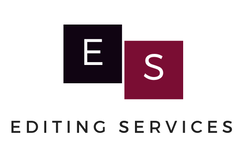
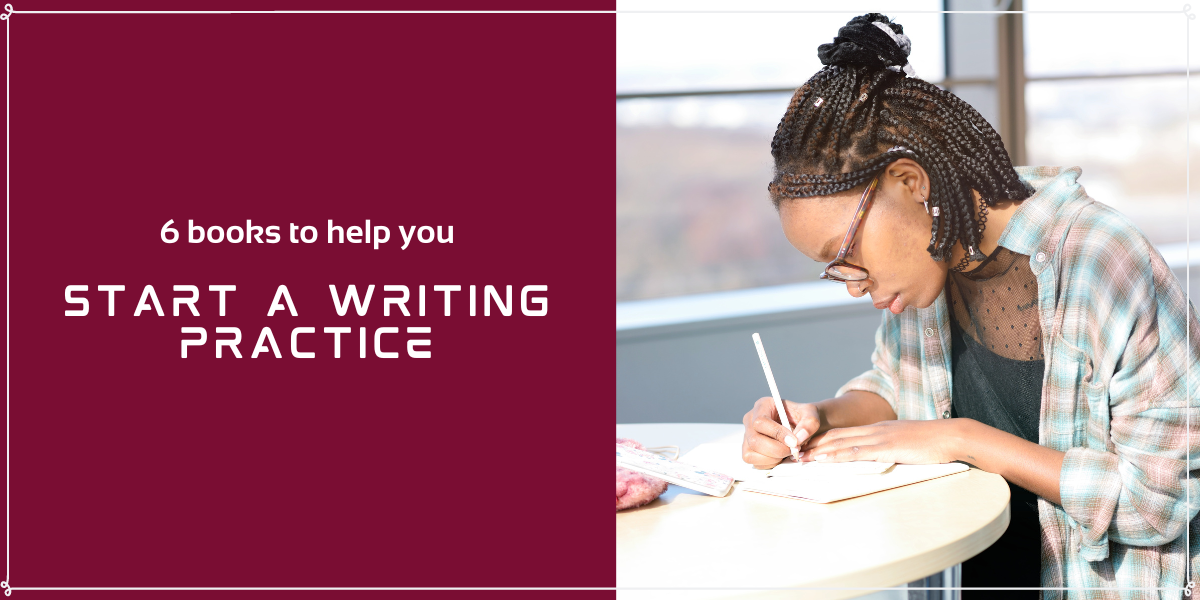
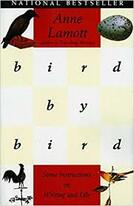
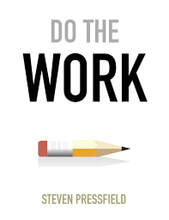
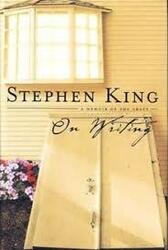
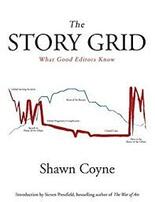
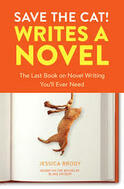
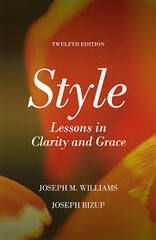




Pretty good post. I just stumbled upon your blog and wanted to say that I have really enjoyed reading your blog posts. Any way I’ll be subscribing to your feed and I hope you post again soon.
Loved reading thiis thanks
Leave a Reply.